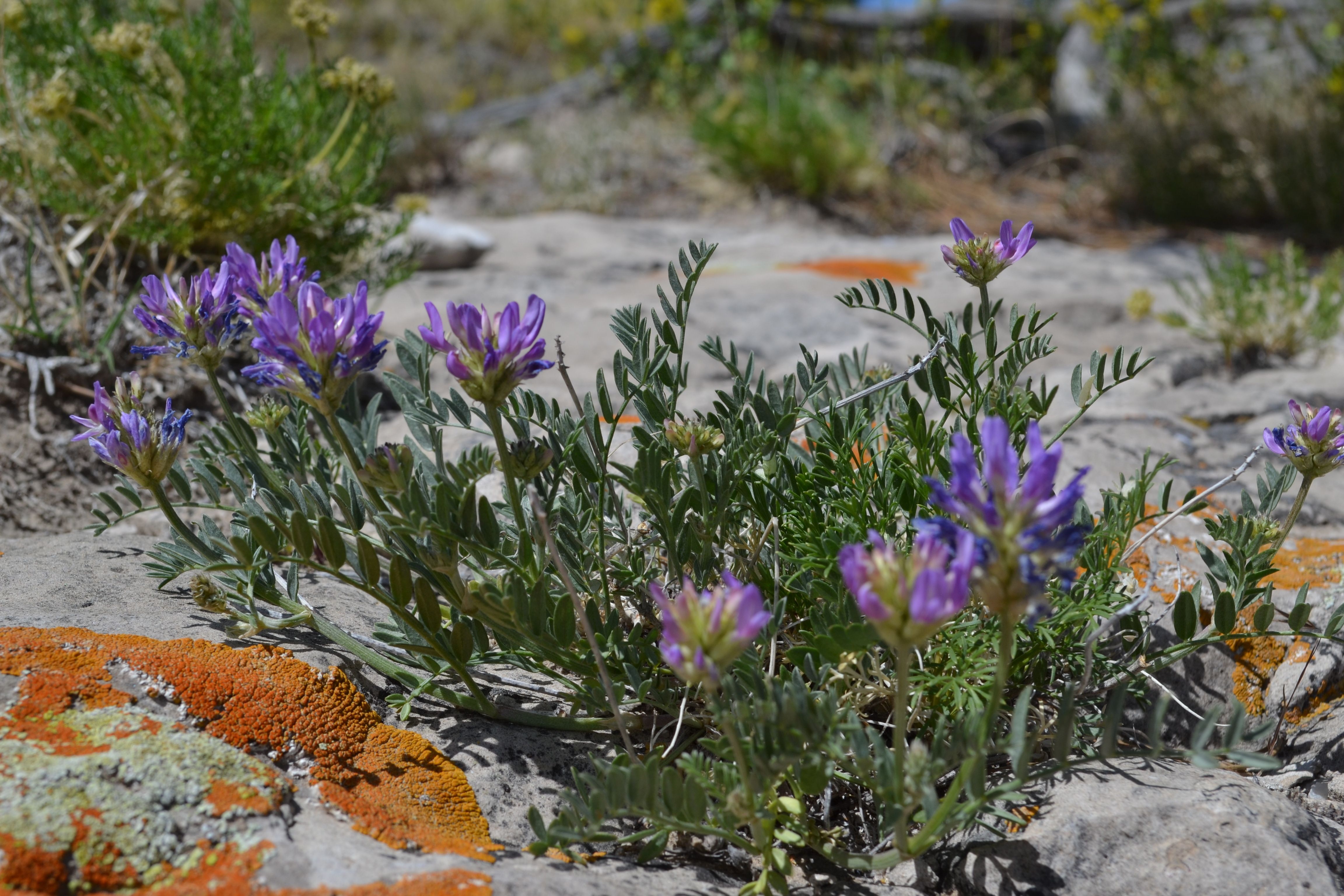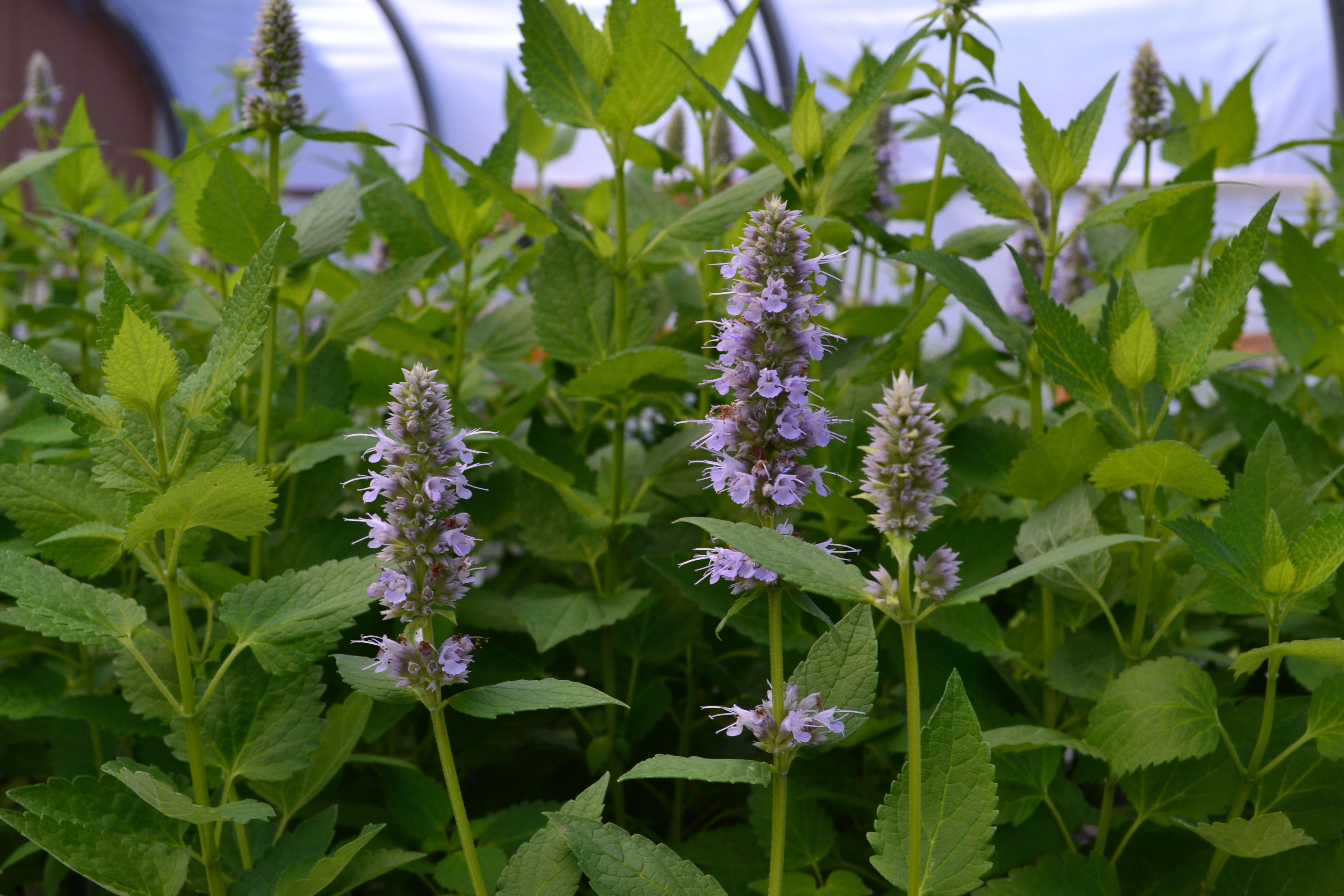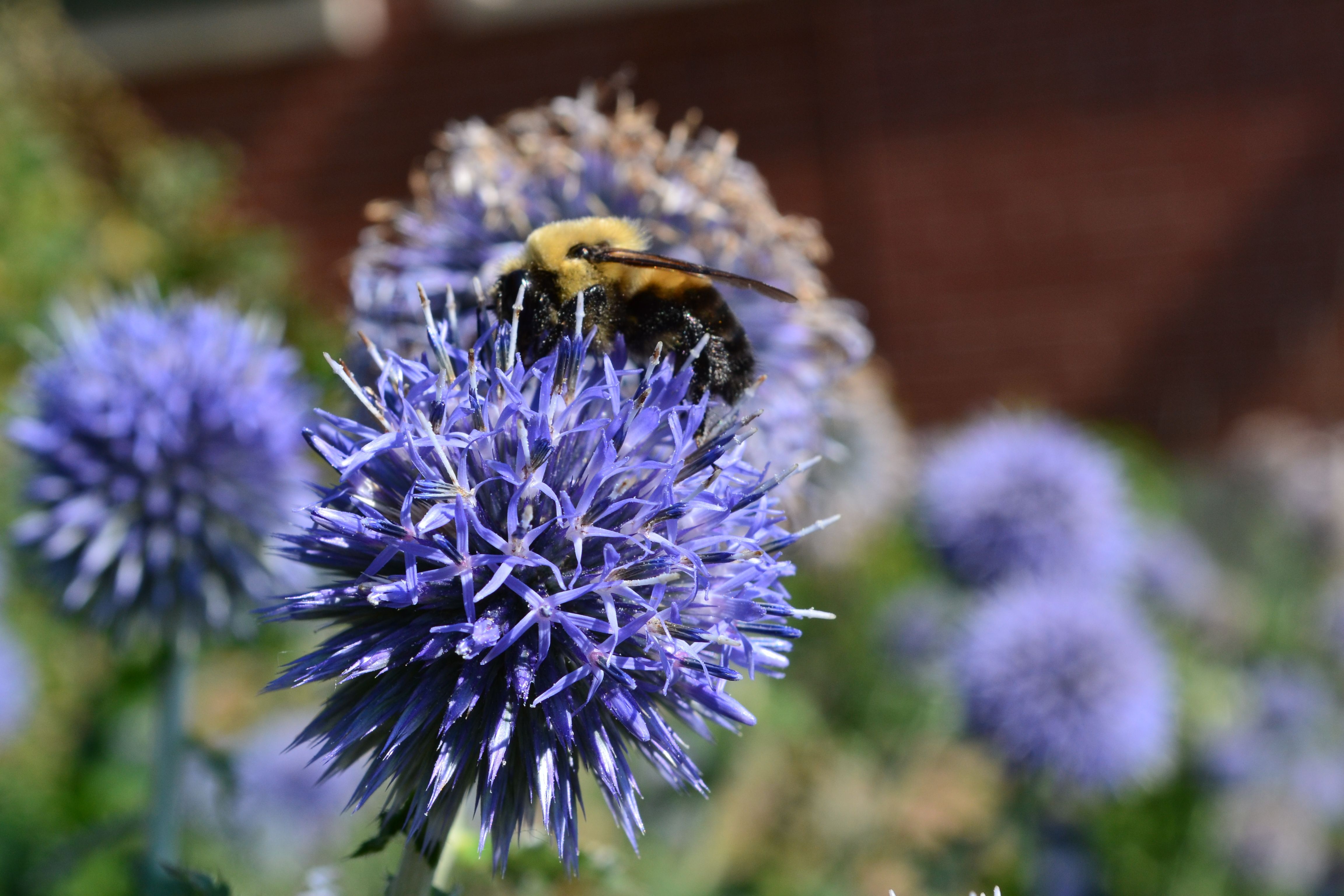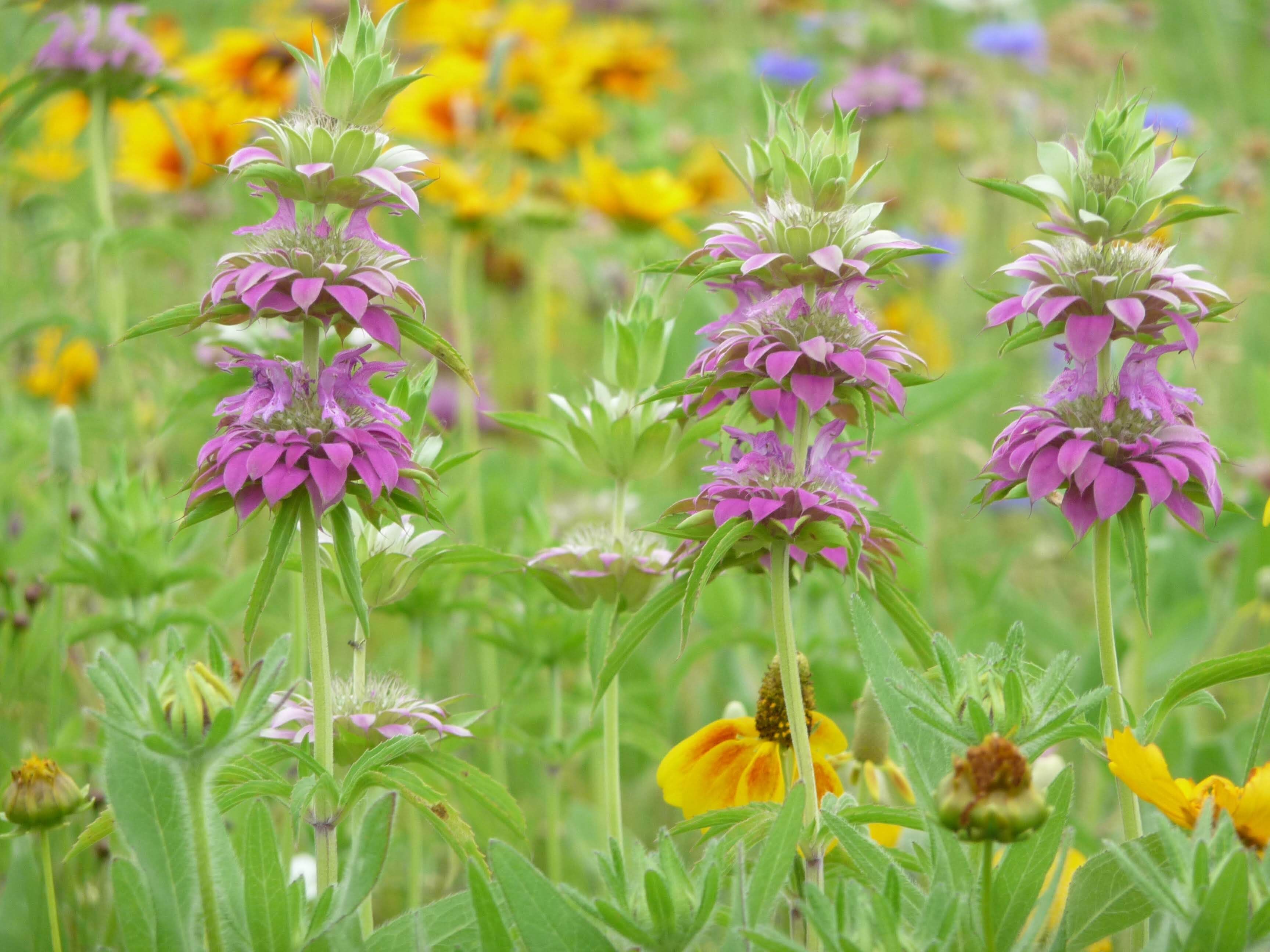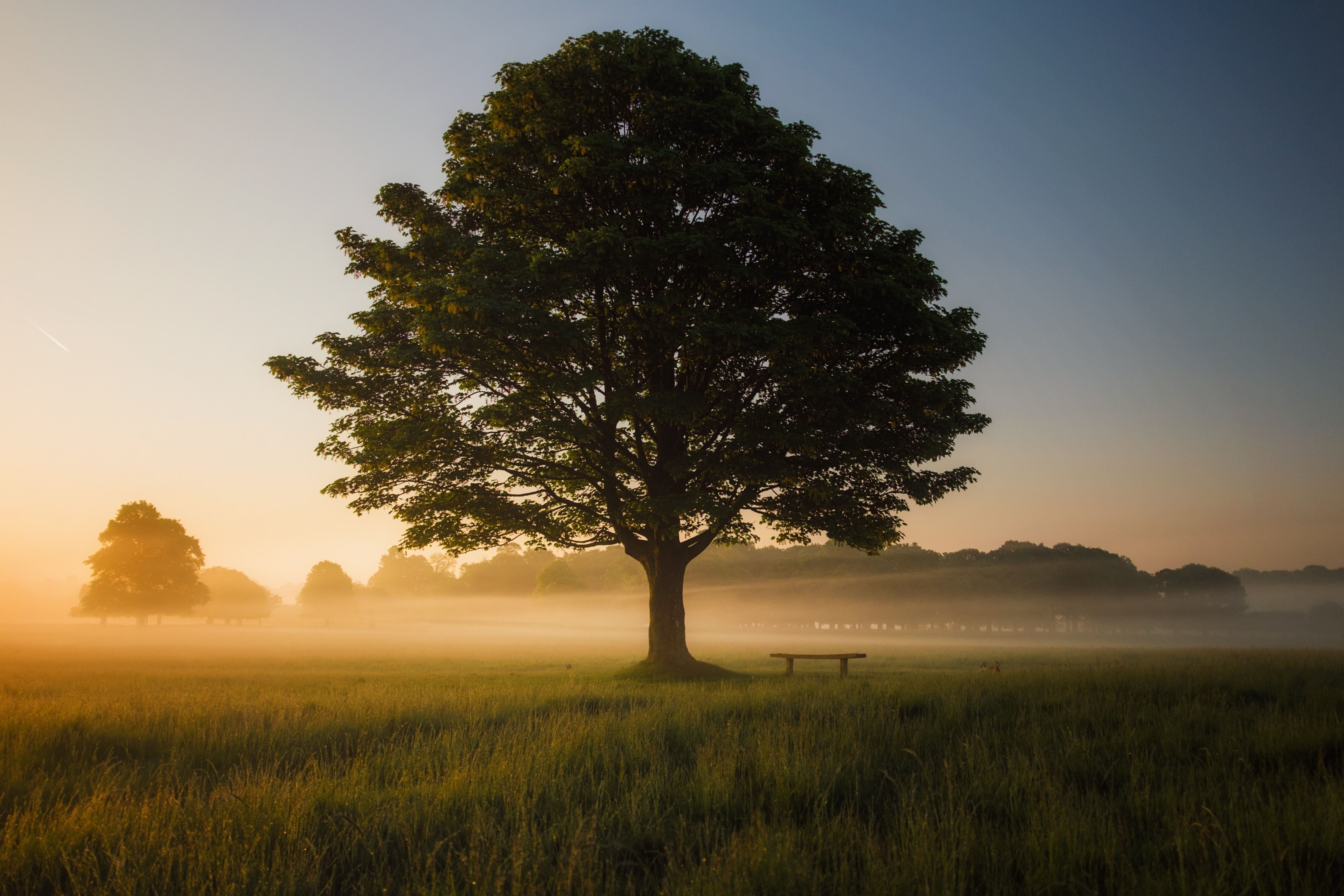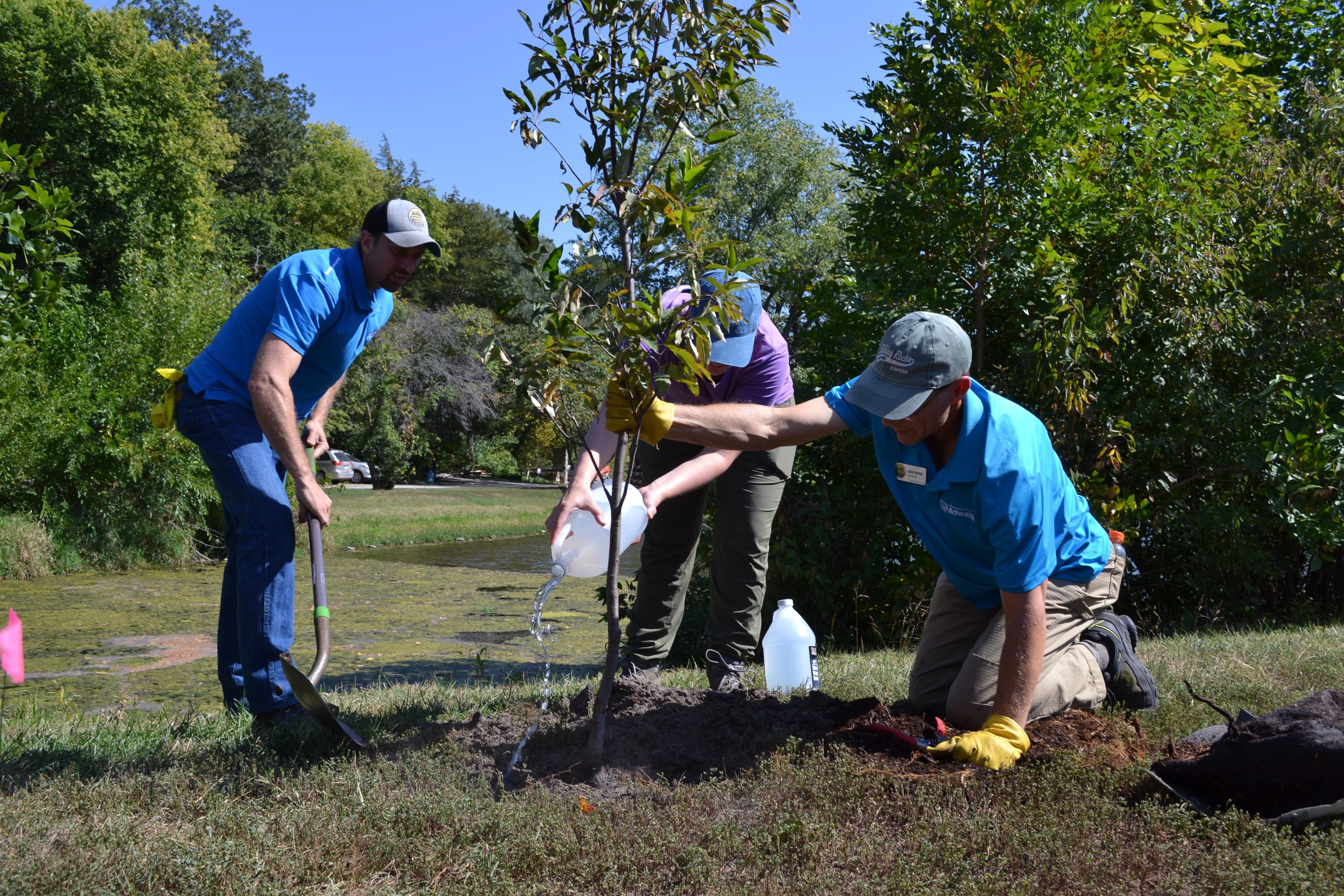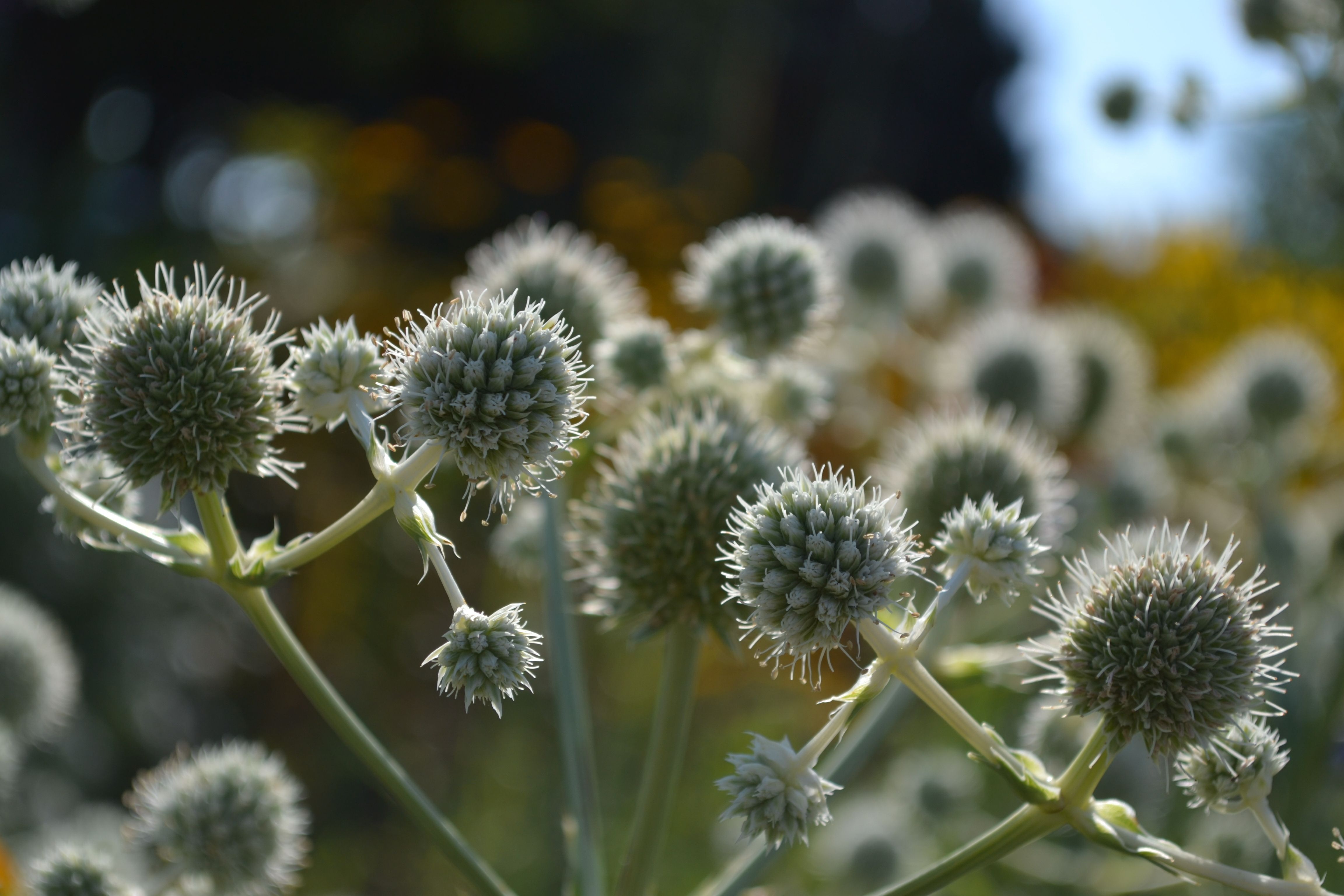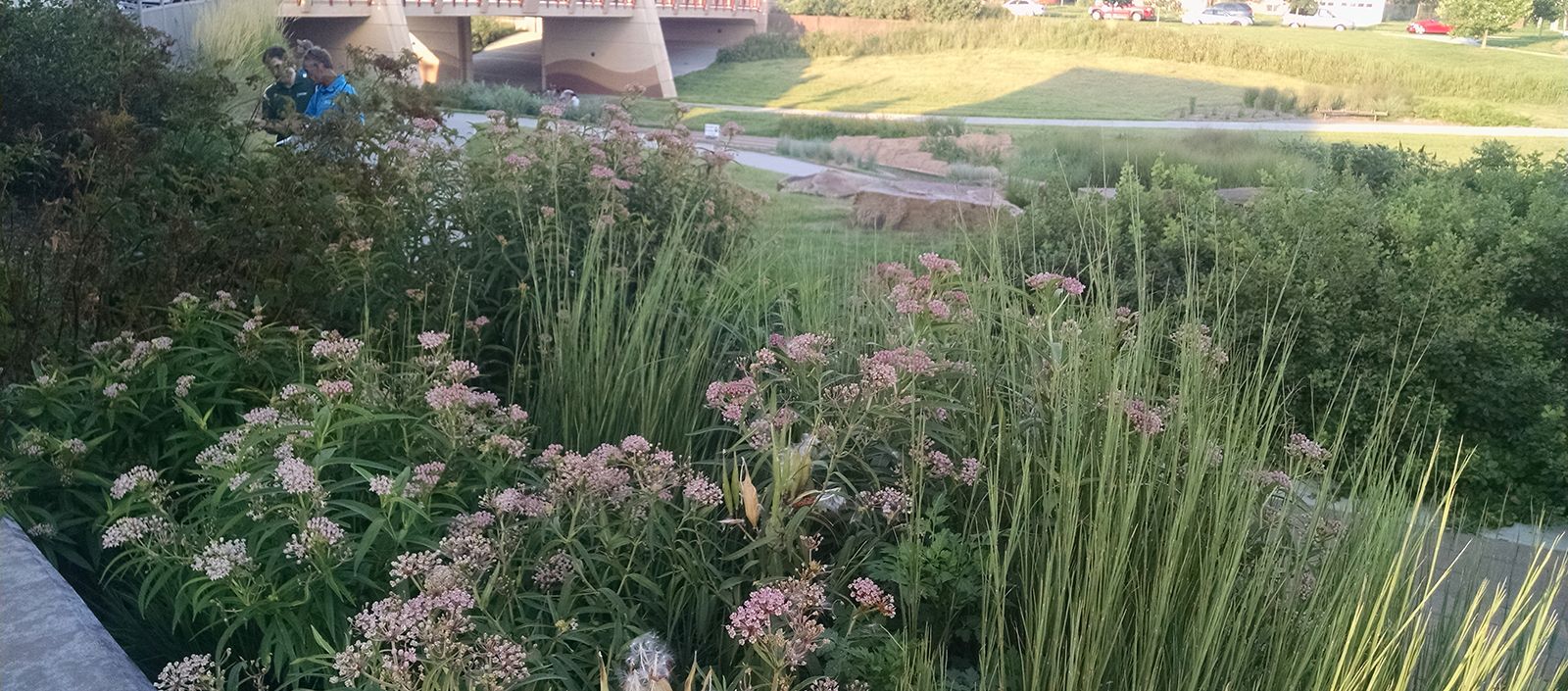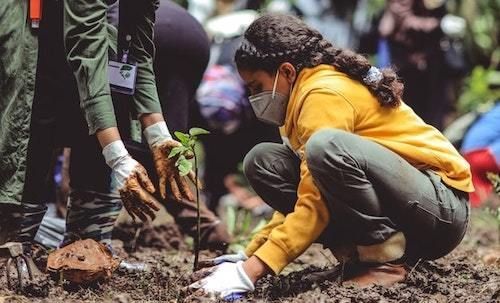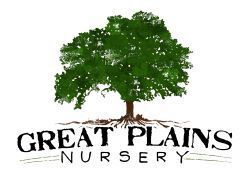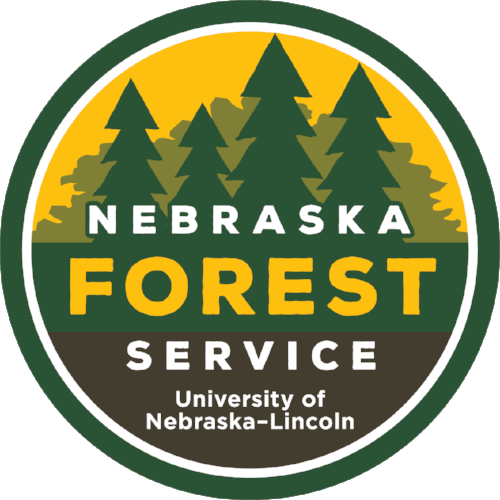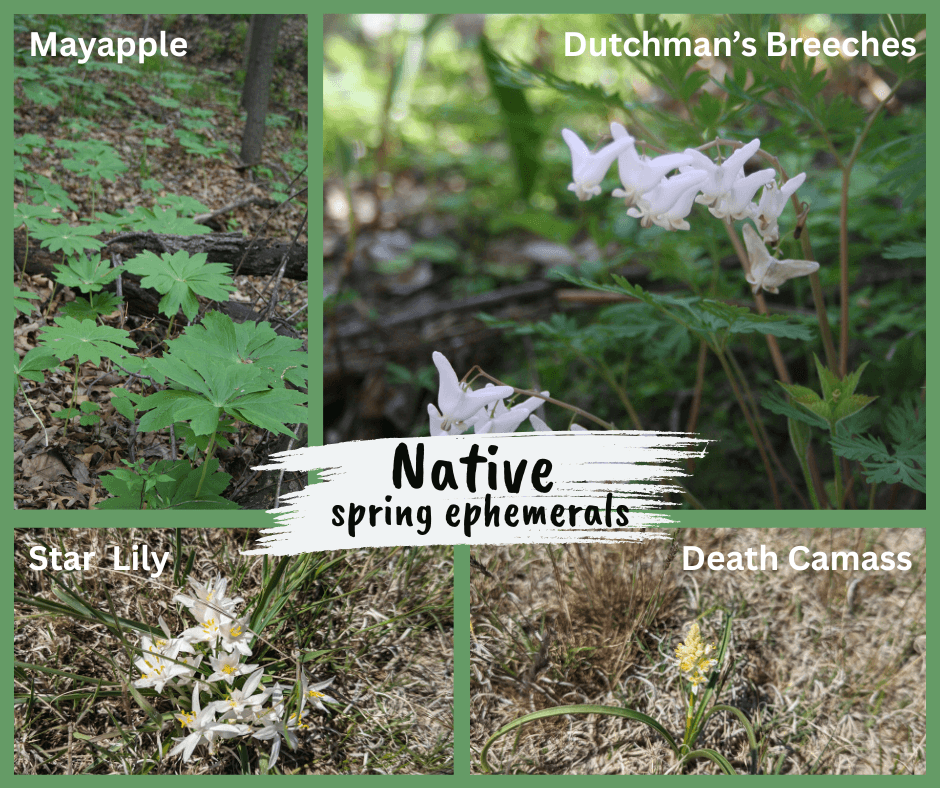
What do you think of as the first sign of spring? To me, spring begins when I see maple buds on the ground after it rains, but I feel like it’s truly spring when my crocus start coming up. For many people, bulbs like tulips, crocus, snow drops and hyacinth are signs of spring and flowers they look forward to after a long winter. But what about native plants? We often get asked if we have native spring bulbs that should be planted instead of tulips or daffodils, and the answer is that we do have several species! Unfortunately, they can be hard to find and fussy to transplant.
The Challenges of Native Spring Ephemerals
So why are native spring ephemerals so hard to find? The answer is in the origin of the word "ephemeral," which comes from the Greek ephemeros meaning "for the day." The word was originally a Medieval Latin term, febris (fever), meaning a fever lasting one day. When it comes to the plant world, ephemeral is a term for plants that bloom for a short period in the spring or fall and then go dormant (their leaves die back) in the summer. Many nurseries don't typically sell many spring ephemerals because they have such an early and short bloom time. Most species are also sold as bare-root plants (we don’t think about it that way, but that’s essentially what planting a tulip bulb is). Because it takes space to grow and dig bare-root plants each year, and because space is often limited for many nurseries, they aren't as likely to offer them. Another factor is that many of our native species (while beautiful) are not as brightly colored or full as traditional spring bulbs, which makes them better suited to a woodland edge with sedges, rather than in a border alongside our front walkway.
Tulips and crocus are both ephemeral, but unlike most native spring ephemerals, humans have centuries of experience breeding and growing them for sale, which has made them a little more predictable, better understood and more well-known. While discussing species I was trying to find for a woodland restoration project with Prairie Moon Nursery, I learned that our native ephemerals all have different ideal planting seasons and conditions. The fact that there's no easy rule-of-thumb planting time like there is with more traditional bulbs is another reason they are more difficult to sell to the home gardener.
Native Spring Ephemerals to Try
All that said, there are a few native spring ephemerals that are more readily available to try in your own garden. In eastern Nebraska, native examples include Mayapple (Podophyllum peltatum), bloodroot (Sanguinaria canadensis), Dutchman’s breeches (Dicentra cucullaria) and Jack-in-the-pulpit (Arisaema triphyllum). For more complete lists of Great Plains and US (not necessarily just NE) ephemerals see these blog posts from Grimm’s Gardens (Kansas), Deep Roots (Kansas), and Prairie Nursery (Wisconsin). These plants are often found in woodlands or along woodland edges and create a beautiful, early spring show. If you'd like to see spring ephemerals blooming in the wild, one of the best places to find them in eastern Nebraska is Indian Cave State Park.
In western Nebraska, many species are well-adapted to go dormant during hot, dry periods. Even species we may consider more perennial in eastern Nebraska can go dormant if they don't receive water in a garden setting. A few true ephemerals (those that would go dormant even without drought) are death camass (Toxicoscordion venenosum), star or mountain lily (Leucocrinum montanum) and scarlet globemallow, also called cowboy’s delight (Sphaeralcea coccinea). They can be hard to find and take a careful eye to spot. Woodland settings like the Wildcat Hills or prairies are the best places to find spring ephemerals in the Panhandle and the Sandhills.
NSA offers Mayapple at our Spring Affair plant sale, but after early May, when most spring ephemerals start to go dormant, they become very hard to sell. Species like columbine and woodland phlox are easier to find because, while they are technically ephemeral, they go dormant later in May to early June. In a garden with part to full shade and enough water, they may stick around for most of the summer, going dormant in the full heat of summer but popping back up to bloom again in the fall.
If you’re looking to include early blooming, native flowers in your garden don’t forget the trees and shrubs. Many of Nebraska’s most reliable, and valuable to pollinators, spring flowers are the Prunus (black cherry, chokecherry, wild plum), the willows (prairie willow, pussy willow), and the shrubs (chokeberry, witchhazel, serviceberry, redbud). Pasqueflower is one of the earliest blooming perennials, but the hardy geraniums and Amsonia aren’t far behind.

